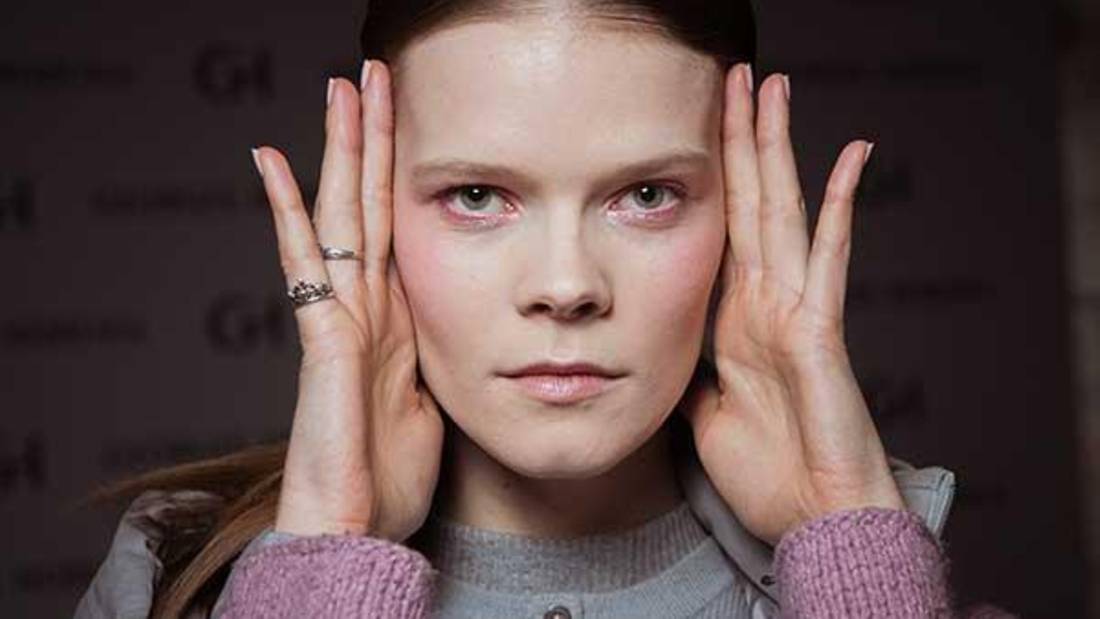
BY LISA WILLIAMS
It’s a given that acne is annoying, anytime. But it gets progressively more frustrating and uncomfortable in summer when our smooth-skinned friends are peeling back the make-up layers while we’re left working out how to swim in foundation. Before you punch that poreless friend who repeatedly tells you to “let your skin breath in the summer and your spots will go”, consider these shortcuts to clearer skin.
Read More: Is Skin Lifting Without Surgery Possible?
COMEDONAL ACNE

Comedonal acne comprises of lesions and bumps on the skin in the form of comedones which can be either whiteheads or blackheads and sometimes both. Comedones are formed because of clogging of pores on account of excess sebum (produced by the sebaceous glands), dead skin cells, dirt, and bacteria. Even a partial blocking of these pores can cause comedones to appear.
GET SPOT ON: First step to combating comedomal acne is to plug the excess oil production in the skin. Use a salicylic acid based moisturiser such as Blue Orchid which will exfoliate dead cells and prevent clogging of pores. Other superstars when it comes to unclogging pores include ingredients such as adapalene and retinoids. Try a deep cleansing facial such as Deep Deep Clean once every two weeks, to keep skin clear and smooth.
Read More: Lip Rules We Learnt from the World’s Most Beautiful People
MILD TO MODERATE INFLAMMATORY ACNE

Inflamed acne consists of swelling, redness, and pores that are deeply clogged with bacteria, oil, and dead skin cells. Sometimes, bacteria called Propionibacterium acnes (P. acnes) can cause inflamed acne, too. Inflamed acne can present as tender red bumps under the skin that may worsen when you try to extract the pimples yourself.
GET SPOT ON:
Firstly, hands off lest you aggravate the situation further. Inflamed acne may result in skin sensitivity and redness which potentially worsens the overall facial appearance. The best skin treatment for this type of stubborn lesions is a pulsed dye laser in the form of Vbeam perfecta. this laser does double duty in reducing inflammation as well as reducing redness, killing two birds with one stone. Use an azelaic acid based cream which has triple benefits of ani-acne, anti-redness and anti-pigmentation. By using this strategy, you can get on top of your red zits very quickly.
Read More: How to Get Rid of Your Turkey Neck Without Surgery
NODULOCYSTIC ACNE

Nodulocystic acne is a severe form of acne affecting the face, chest and back. It is characterised by multiple inflamed and uninflamed nodules and frequently, scars. It is more common in males.
The name implies there are nodules (firm lumps) and cysts (fluid-filled cavities lined by epithelium). However, the fluctuant lesions are not true cysts as there is no lining. They are sometimes called pseudocysts.
GET SPOT ON:
When you have this disfiguring condition, it is best to consult a specialist and get their advice. Some medication such as Isotretinoin can be used to treat this condition successfully. Other medications such as antibiotics have also been used. Speak to a health care provider to see if you are a candidate for oral medications.
Read More: 5 Anti-Aging Must-Haves for Graceful Living
HORMONAL ACNE

Hormonal acne deserves special mention because it usually occurs with women in their late 20s, 30s or even 40s. “These adult ladies frequently come in baffled and distressed ‘I’ve always had perfect skin. I just don’t understand,’ ” says Dr Kenneth Lee. Hormonal shifts that tend to occur in adult women in their 30s are to blame. The androgen predominance as oestrogen levels drops causes excess oil production and skin cells lining hair follicles to become sticky in women whose androgen receptors are particularly sensitive, leading to clogged pores and breakouts.
Clues that your hormones are to blame? “This type of acne typically concentrate mainly in the U-zone of the face – around the chin and mouth, and along the jawline – and often occurs in the week before, during, or right after the menstrual cycle.”
GET SPOT ON:
This is where certain birth control pills such as Diane-35 or Yaz can be particularly helpful, as they work to rebalance the hormones. For those who don’t want to be on hormone pills, spironolactone (a type of diuretic or “water pill”) is another alternative for adult ladies with pesky hormonal acne. “It doesn’t actually change the hormones in the body, but it blocks androgen receptors to keep nasty hormonal acne flares under control.”
In case you are wondering, the majority of women with hormonal acne actually have normal androgen levels and do not require additional testing, according to Dr Lee. But your doctor might suggest hormonal tests if you have recalcitrant acne accompanied by excess facial hair, increased hair loss on the head, or irregular or infrequent menstrual periods.
